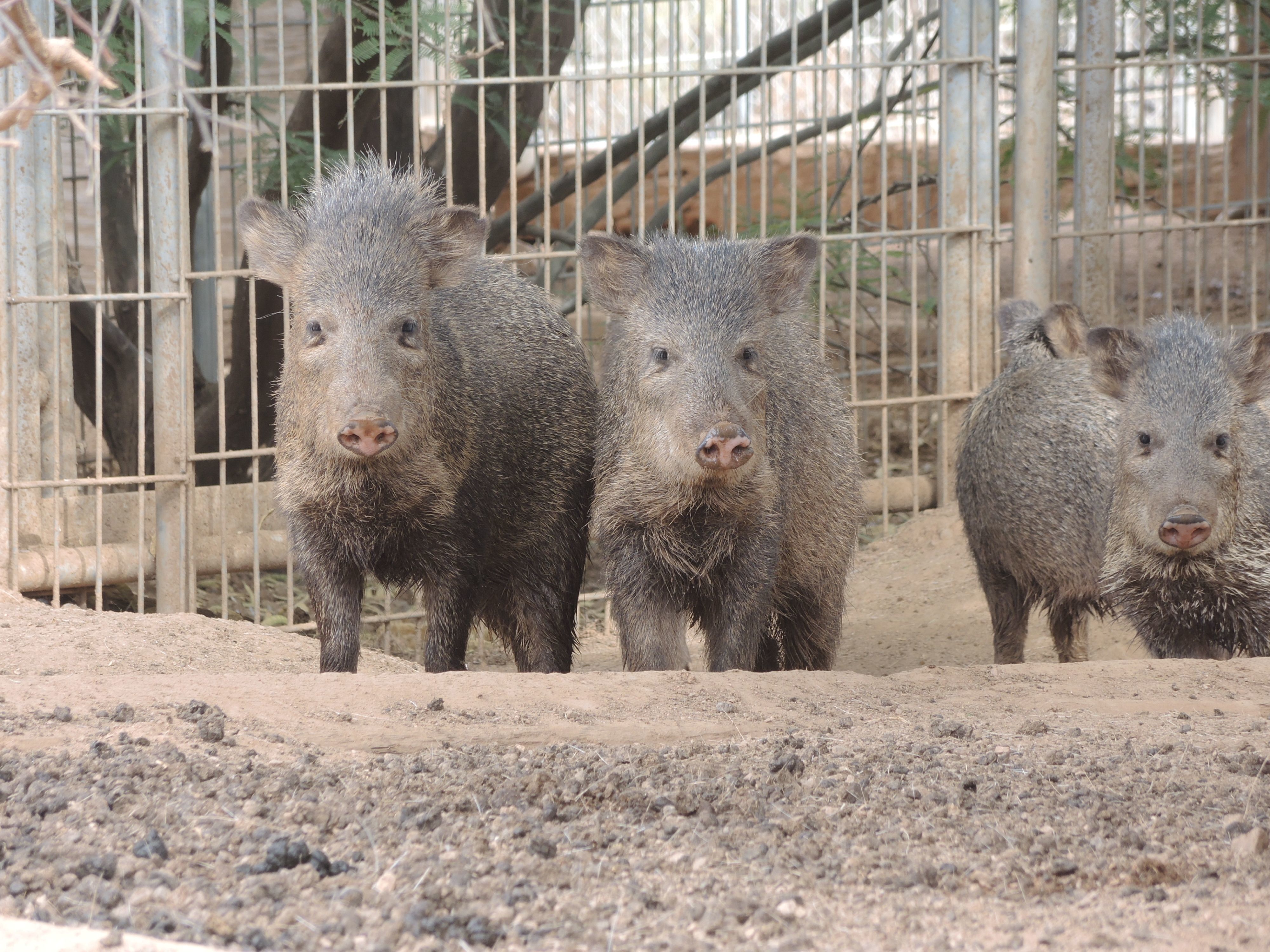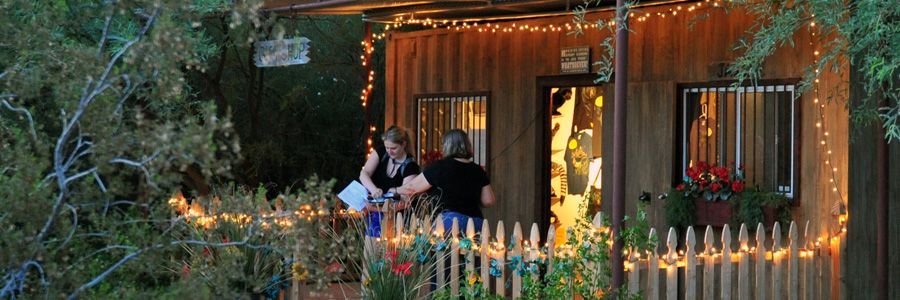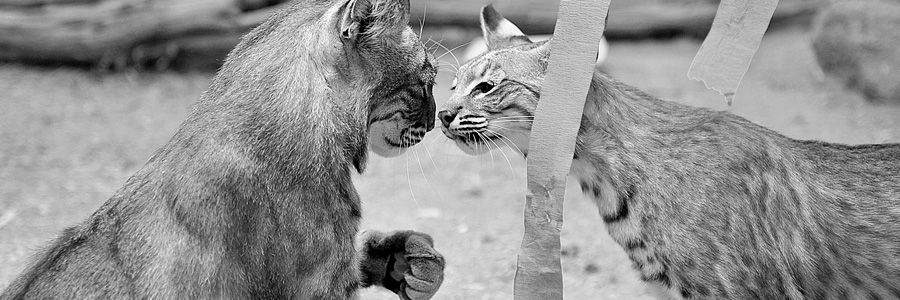
To continue the SWCC Mythbusting streak, we're taking an in-depth look at this uniquely southwestern mammal: the javelina!
Myth: Javelinas are pigs. No, wait - javelinas are rodents!
Fact: Javelinas are neither! The javelina - or, the collared peccary here in Arizona - is a species all its own. Javelinas have four toes on their front feet, an unnoticeable tail, and scent glands near their rear end. Pigs have three toes on their front feet, a long curly tail, and no scent glands. Their hair is of noticeably different color. The javelina is a New World genus, meaning it originated in the western hemisphere. The pig is an Old World genus, meaning it originated in the eastern hemisphere.
Myth: Javelinas are dangerously aggressive.
Fact: The truth is more complex. Javelinas are a prey animal, and they have a strong fight or flight response to match. They travel in herds and use the strength and numbers of the group for protection. If they feel threatened, their instinct is to fight. Humans are not prey for javelina, quite the contrary; it's often us who are hunting them.
Myth: Javelinas are blind.
Fact: Well, not really. Javelinas don't have a great sense of sight, but they have a fantastic sense of smell. They use their incredible scent receptors as their primary way of relating to the world. They smell the scent glands of other javelina to identify their family members; each herd has a unique scent.
Myth: Javelinas want to kill your pets.
Fact: This one is absolutely false. Javelinas are mainly herbivorous - that means their diet is almost entirely made up of plants. Prickly pear cactus and agave are their favorites. Most javelina+pet altercations occur because the javelina herd feels threatened when a dog is not on a leash. They're used to defending themselves against coyotes; it's likely they can't really tell the difference between wild coyotes and domestic dogs.
Myth: If you see one in your neighborhood, that's bad and you should report it.
Fact: Javelinas are a fact of life here in Arizona, as well as across several of the southwestern states. They've adapted to urban life well since they only require cover (no need for dens, etc.). Dumpsters and desert landscaping are good sources of food, and their strength-in-numbers lifestyle provides a decent amount of safety for their groups. Seeing one - or ten! - in your neighborhood isn't out of the ordinary and there's no need to report it.
What can you do to help out your local javelina population? Here are some pro tips from our Animal Care experts:
- Keep household cats inside, and most importantly keep your dogs on a leash when out for a walk. If you see a javelina herd strolling along your neighborhood, make some noise and give the herd a wide berth. If you can, head in the opposite direction, or wait where you are for the herd to get far away from your destination.
- If you're on a hike and you see javelina, or even just on a walk in your neighborhood without pets, the advice above also applies. You don't want javelina to feel cornered, trapped, or pursued. Keep your distance.
- Do not feed javelina. This advice applies to all wildlife! If you are feeding stray cats or other wildlife and you find javelina droppings/destruction in your yard, it's likely javelina are snacking on the food you've left out too. Contact a Trap and Release (TNR) program in your area if you're concerned about stray cats and discontinue the practice of leaving food outside.
- If you want to deter javelina from eating your plants in your yard, take stock of your landscaping. Do you have prickly pear and agave? They're beautiful, yes, but also they're practically open invitations for javelina dinners. Consider replacing some of your plant life with alternatives that are not so tasty.
- Follow the golden rule for wildlife and leave them alone. Don't touch them, don't approach them, and don't feed them. If you see them in your yard, stay inside until they leave. You can also try making noise from an cracked open window to try and scare them off. This approach may be inconvenient, but it's the safest approach for you, your pets, and the javelinas.
Enjoy javelina sightings when you're lucky enough to get one! The Sonoran Desert is bustling with wildlife, and we're lucky to share habitat with such an amazing variety of creatures.




